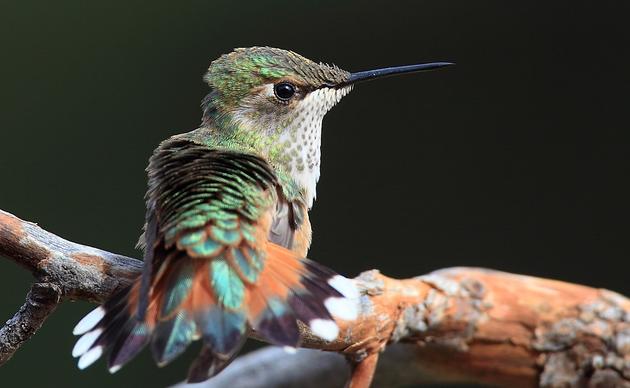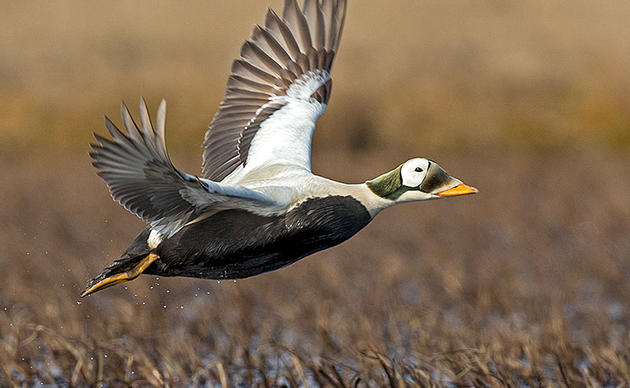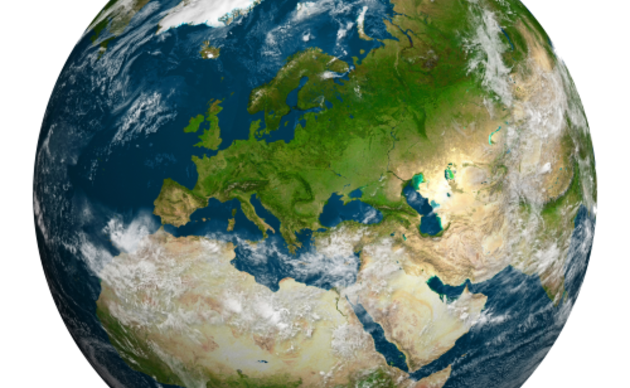We all love Alaska’s birds, and there are diverse, simple actions that we can take to help them. Start by committing to one or more of the actions below that easily fits into your daily life.
Learn About and Enjoy Birds
There are multiple ways you can learn more about birds and their habitats. Attend a bird festival in Alaska, join a community bird walk, talk with a local elder, or take a self-guided walk through a public space with the Audubon Bird Guide app or Robert Armstrong’s “Guide to the Birds of Alaska.”
Prevent Bird Collisions
About 600 million birds die annually in the United States due to collisions with buildings, and especially with windows. You can reduce bird collisions with glass by creating visual cues.
Report Birds Banded or Tagged for Research
Banding and tagging birds are important tools for studying bird migration, population trends, use of habitats, and their life cycles. Researchers use diverse kinds of nets and traps to safely catch birds, then place metal or plastic bands on their legs. If you see a bird that is banded, please report it in the online portal of the Bird Banding Laboratory-U.S. Geological Survey, to help support bird conservation science. For species opened to hunting, it is legal for people to harvest banded birds. But please avoid shooting birds wearing tracking devices: look for an antenna, a “backpack,” or a thick band.
Contact Legislators and Decisionmakers
Lawmakers care about your views and opinions. As a constituent, you can convey your concerns about issues affecting birds, wildlife, and their habitats. Sign up for Audubon Alaska's mailing list to receive our Action Alerts, or take action now with one of our current campaigns. You can also voice your concerns about bird conservation to the Alaska Board of Game and its regional Advisory Committees, the Alaska Migratory Bird Co-Management Council, and other local and regional entities.
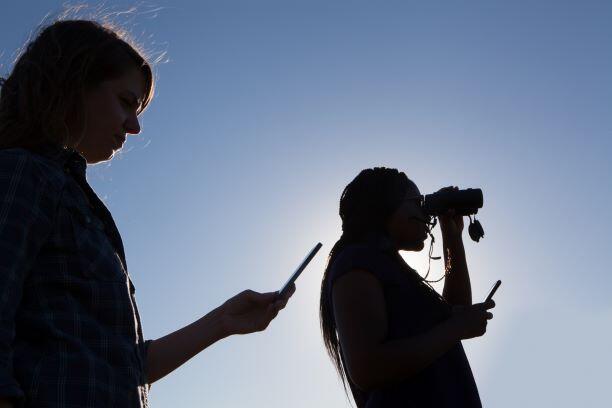
Participate in Community Science
Bird research and conservation rely heavily on data collected by community members in programs like Climate Watch, the Great Backyard Bird Count, the world-famous Christmas Bird Count, and eBird. These programs not only help researchers examine trends in bird populations and migration but also foster a network of bird advocates.
Minimize ATV and Snow Machine Traffic on Habitats Important for Birds
If you operate an all-terrain vehicle (ATV), off-road vehicle (ORV), or snow machine for recreation or transport, be mindful of the impacts that use can have on sensitive environments and birds, especially during the breeding season. Vehicle tracks remove vegetation, compact the soil, cause erosion and loss of permafrost, and lead to other harmful consequences for plants and wildlife. Vehicle tracks on Alaska’s ecosystems can take decades to recover due to the short growing season.
Practice Non-Wasteful Harvest
If you hunt birds, prevent waste while harvesting, processing, and using birds. Do not shoot at birds that cannot be easily retrieved; choose individual birds and do not shoot at bird flocks, and make a reasonable effort to retrieve all birds shot. Readily process birds to avoid spoilage and use all edible parts.
Choose Bird-Friendly Coffee and Chocolate
When it comes to caffeinating, choosing a bird-friendly coffee makes a difference. There is also bird-friendly chocolate, such as Smithsonian Bird Friendly™ certified cocoa. Certified farms are organic, deforestation-free, and guarantee habitat protection through agroforestry or forest conservation practices. When you purchase bird-friendly coffee or chocolate, you preserve critical habitat for birds and wildlife, fight climate change, and support farmers committed to farming sustainably. If these products are unavailable to you, just find another way to help birds.
Avoid Pesticides in Your Lawn or Garden and Choose Organic Foods
Minimize the risks of chemical poisoning, protect essential bird food like insects, and support healthy habitats for birds and people by avoiding pesticides in your garden and lawn. Pesticides can directly harm birds, contaminate water, and reduce the abundance of insects that are crucial food for birds. For the same reasons, if you can, choose organically grown foods.
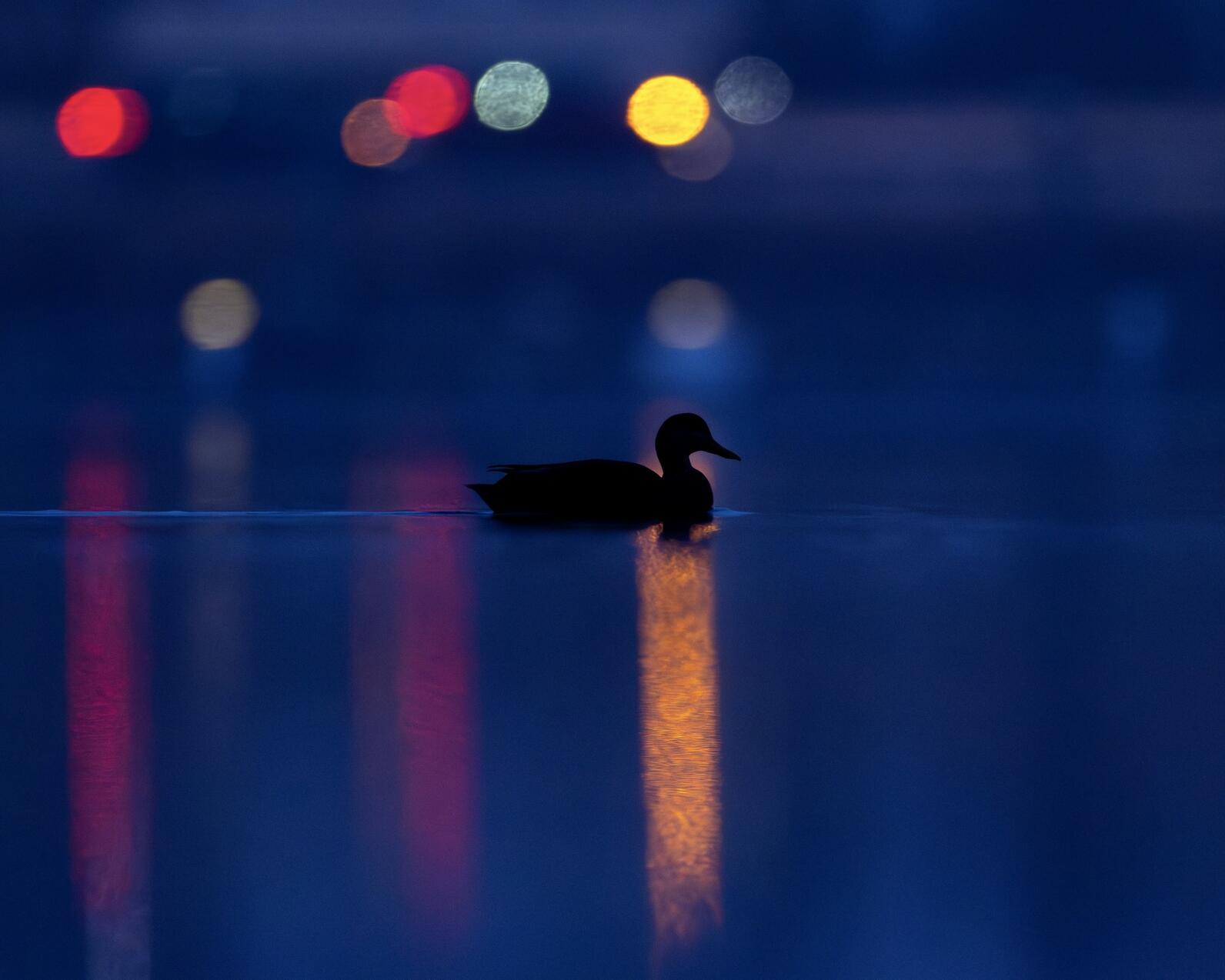
Turn Off Lights at Night
Every year, billions of birds migrate between wintering and nesting grounds, often flying at night. As birds pass over cities on their way, they can become stranded or disoriented by artificial lights and skyglow, collide with buildings, or otherwise waste energy, all of which can be fatal. Light pollution also affects the behaviors of nocturnal birds that rely on darkness to catch food. You can contribute to Audubon’s Lights Out Program by turning off exterior lighting, especially during bird migration in spring and fall.
Reduce, Reuse, Recycle
By putting the classic three Rs into practice, individuals can significantly reduce their environmental impact and contribute to the conservation of bird habitats.
Grow Native Plants
You can help create more bird-friendly habitats with native plants. Like us, birds need food, water, and shelter. You can transform your yard, even if small, into a bird sanctuary that provides essential habitat. The secret to success lies in choosing locally native plants, which brim with nectar, seeds, and berries. Native plants also support insect populations that are a vital food for birds.
Don’t Disturb Nests and Bird Flocks
Avoid bothering birds during their natural activities such as feeding, resting, and nesting. Keep a safe distance of at least 100 feet from bird nests and flocks and respect posted signs about bird activity.
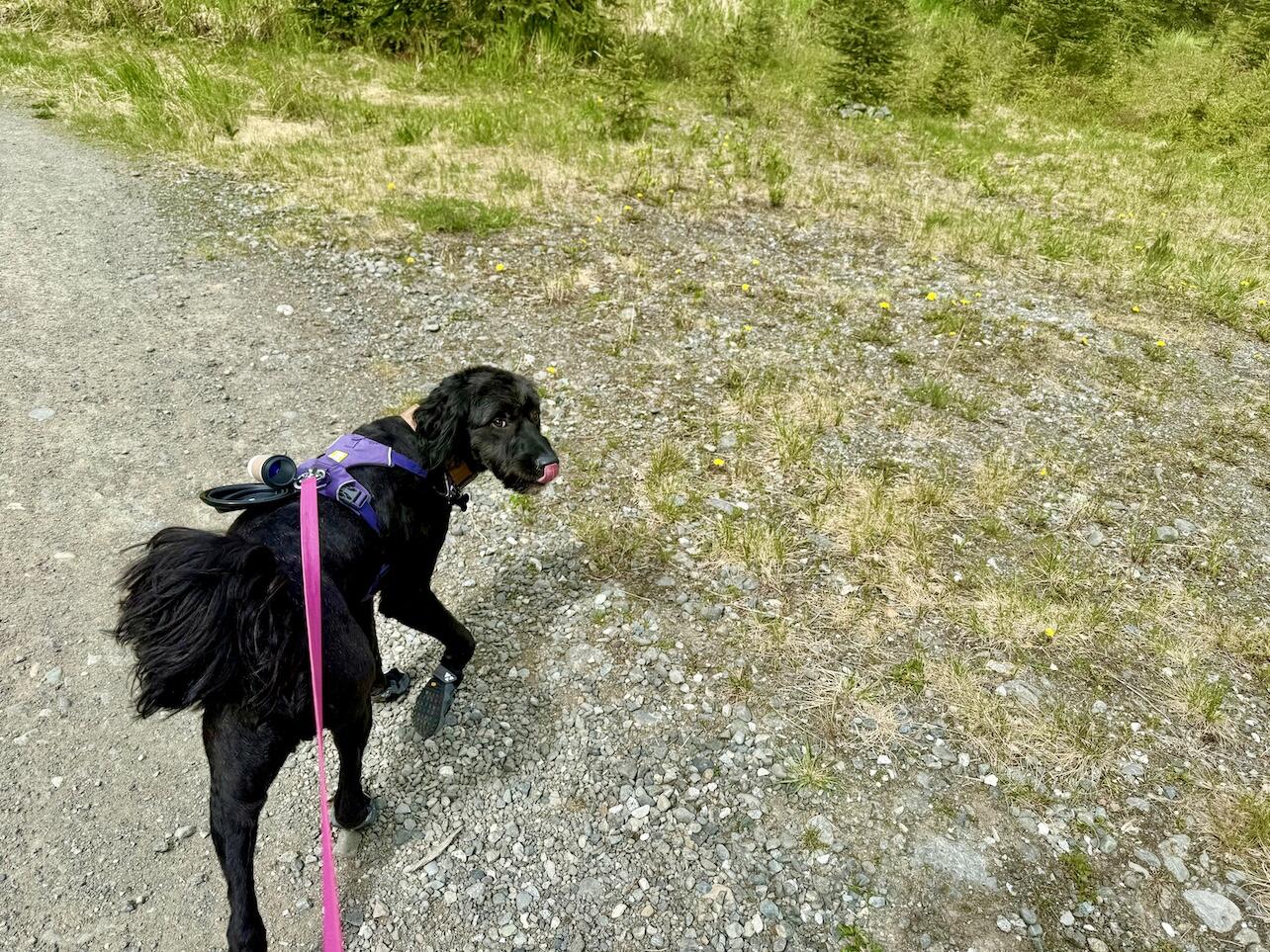
Keep Your Cats Indoors and Leash Your Dogs
We love our dogs and cats, but they do have an impact on wildlife. For instance, outdoor cats kill billions of birds per year and are a major cause of avian mortality. What’s more, ample research shows how unleashed canines can disrupt and harm wildlife. Respect the posted signs about nesting and other off-limit areas and keep your pet at home or leashed whenever you’re near birds.
Join a Bird Conservation Organization
There are several such organizations in Alaska, including (but not limited to):
- Audubon’s five Alaska chapters:
- Yakutat Nature Society (Yakutat)
- Bird Treatment and Learning Center (Anchorage)
- Alaska Songbird Institute (Fairbanks)
- Friends of Creamer's Field Migratory Waterfowl Refuge (Fairbanks)
- Friends of Alaska National Wildlife Refuges (Homer)
Every action helps, no matter how small, as they add up in our collective efforts to protect birds and the places they need.
How you can help, right now
Donate to Audubon
Help secure the future for birds at risk from climate change, habitat loss and other threats. Your support will power our science, education, advocacy and on-the-ground conservation efforts.
1% for the Planet
We are proud to be part of the 1% for the Planet network. If you own a business, please consider joining 1% for the Planet to support Audubon Alaska’s conservation efforts.



